CONTROL YOUR CITY
Welcome to Orhitec GIS Group portal website
Orhitec GIS group develops and supplies smart city management systems and solutions using ERPGIS technology, for governments municipalities and diverse public entities.
We are built to provide end-to-end solutions, which also include data collection and geographic surveys, various types of maps and aerial photographs, customer support, implementation, and ongoing maintenance.
CONTROL YOUR CITY
Welcome to Orhitec GIS Group portal website
Orhitec GIS group develops and supplies smart city management systems and solutions using ERPGIS technology, for governments municipalities and diverse public entities.
We are built to provide end-to-end solutions, which also include data collection and geographic surveys, various types of maps and aerial photographs, customer support, implementation, and ongoing maintenance.
Our GIS Systems & Solutions
ERP/GIS Information Server
Property Taxes and Revenue management
State and Municipal Assets management
Business Licensing Management System
Signage municipal fees in businesses and billboards by ERP/GIS technology
Urban Infrastructure management by ERP/GIS technology
Road and Traffic Signs management
Building permits and land registry system by ERP/GIS technology
Crises management system
Land Use & Urban Building Plans And Building Rights
Gardening and Urban Irrigation management
Solid Waste Collection and management by GIS technology
Solutions For Defence
Applications solutions for Collecting Urban Geographic Data
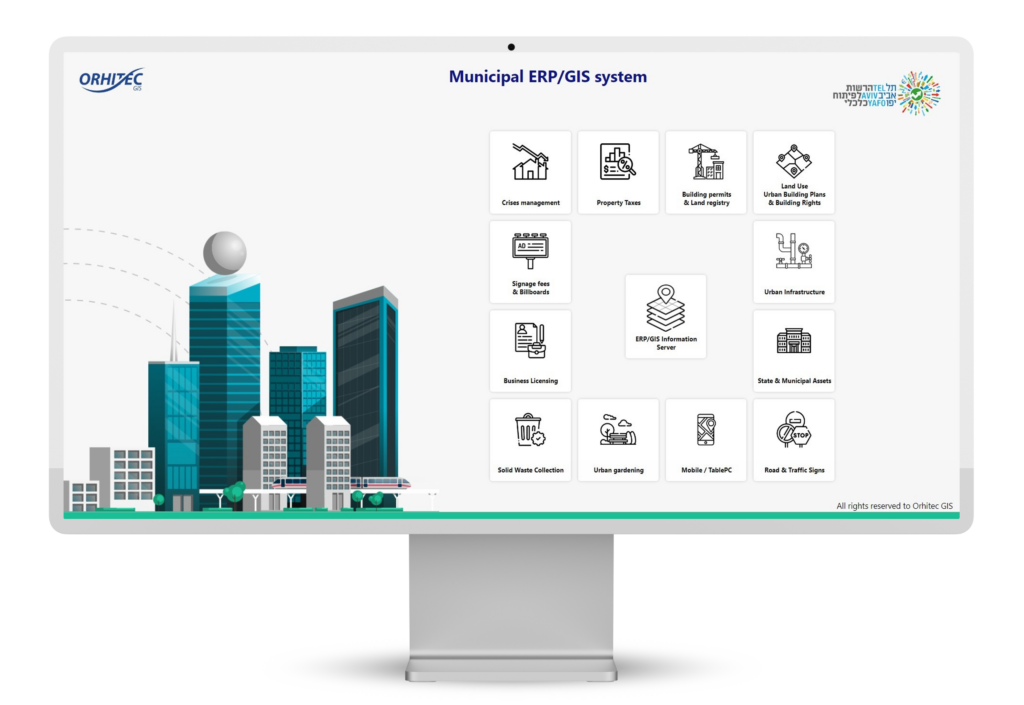
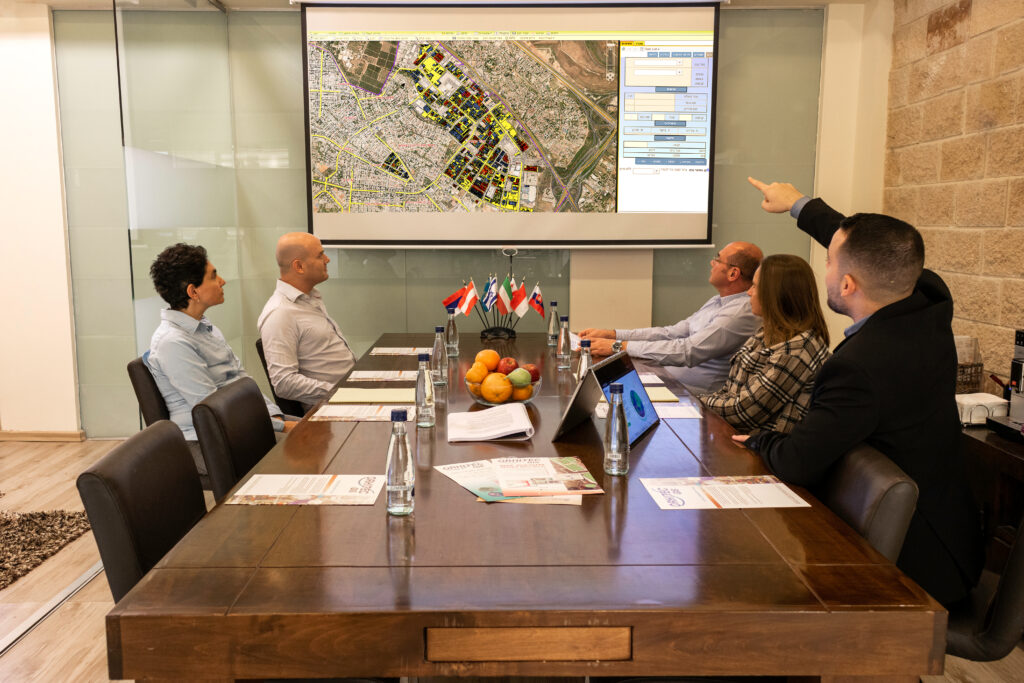
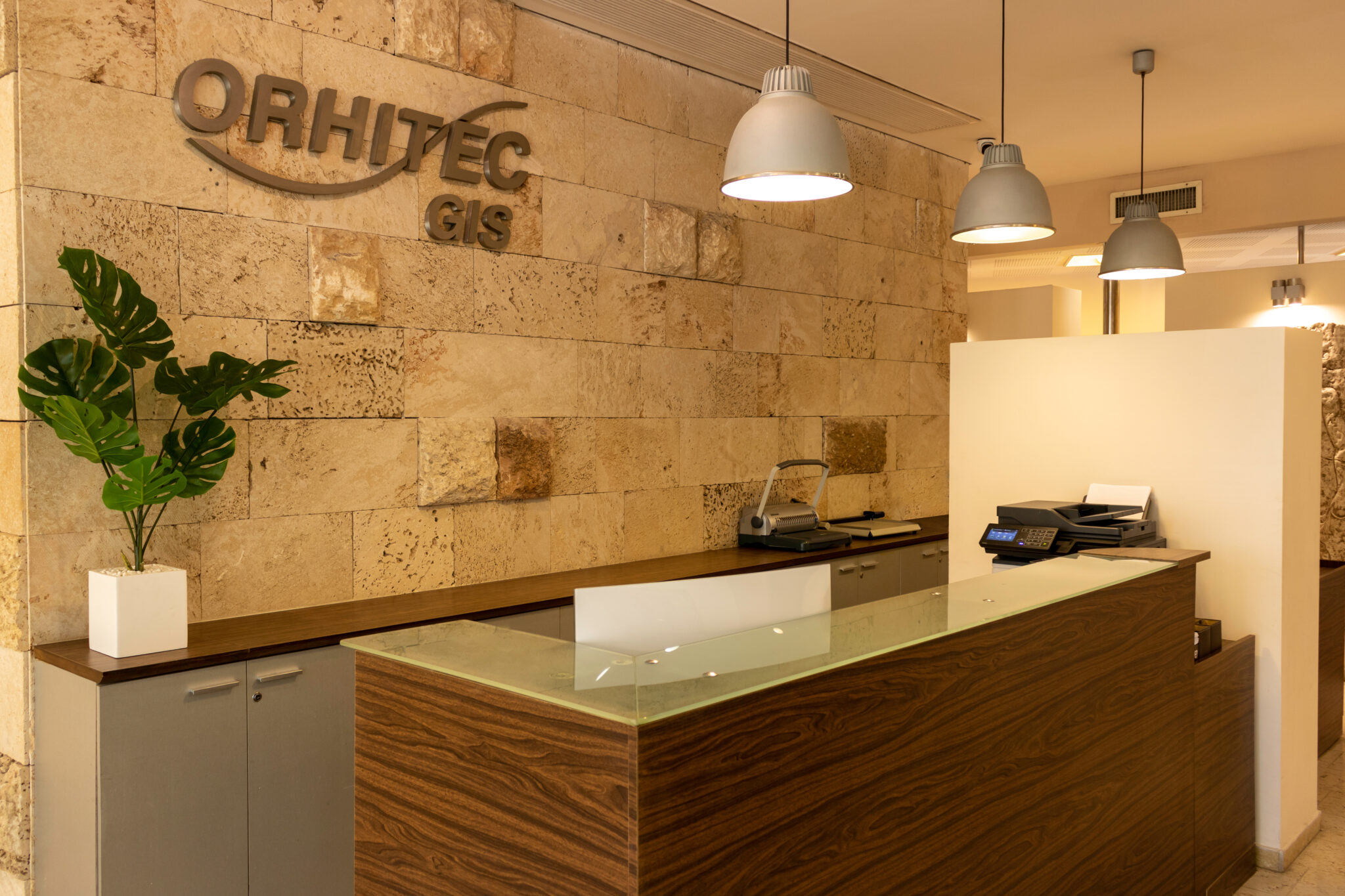
Who are we
About Orhitec GIS Group Ltd.
Orhitec GIS group Ltd. was founded in Israel by Mr. Barry Cohen in 1999 and has since been operating it’s GIS solutions in over 140 different governments and municipalities in several countries.
The company employs experts in all relevant professions for smart city management, such as software development, geographers, urban planners, civil engineers, architects, surveyors, real estate appraisers, lawyers specializing in planning and construction laws and property taxes etc. all under one roof.
This mix of professions allows the company a broad view and understanding of the government’s needs and the adaptation of the best solution to each type of requirement.
Where do we work
Projects
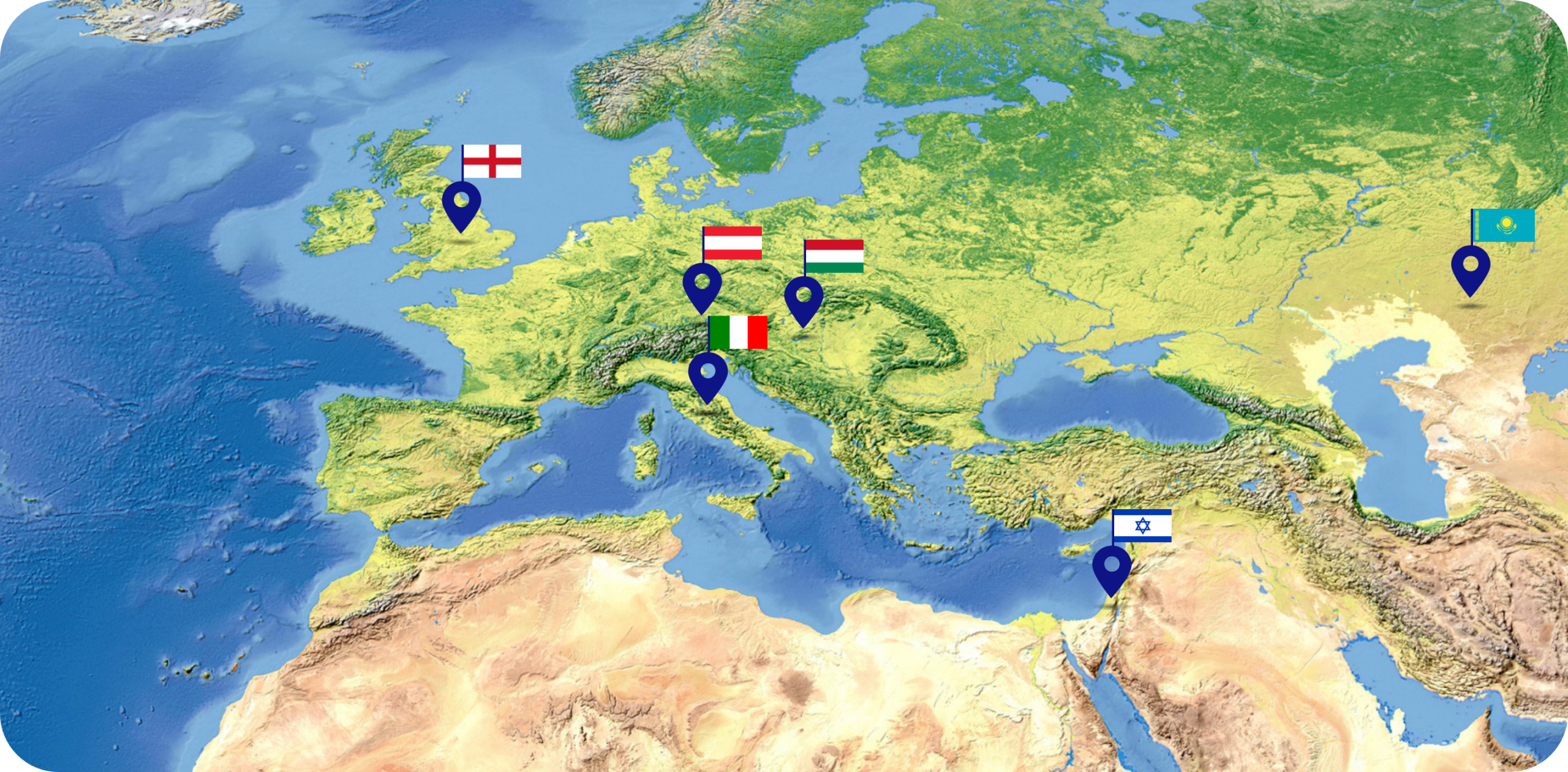
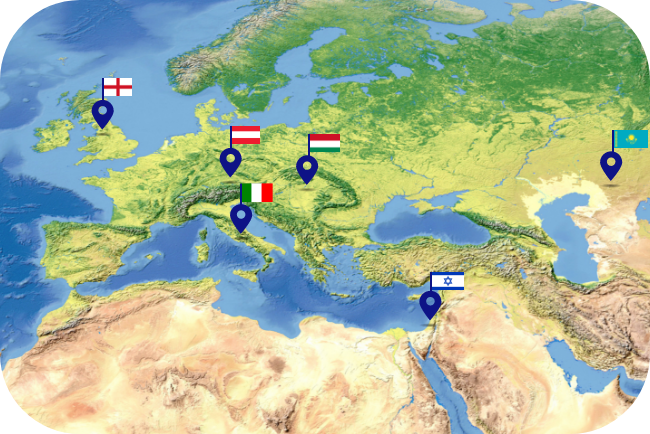
Latest news




